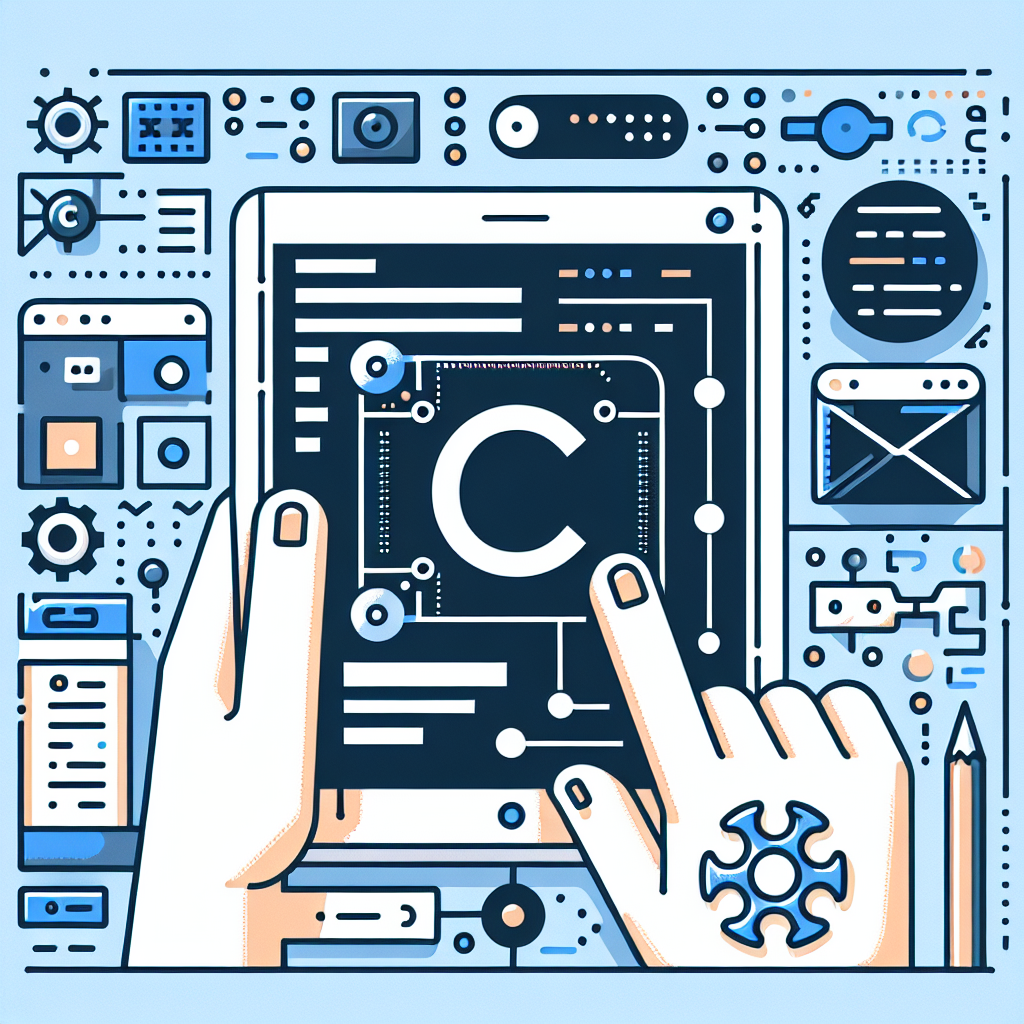Convert C to Dart Effortlessly | Code Translator Tool
Effortlessly convert C to Dart with our powerful tool. Enhance code efficiency and streamline development. Try our seamless C to Dart conversion now!
Source Code
Converted Code
Output will appear here...
The C to Dart converter is an essential tool for developers looking to seamlessly transition code from C to Dart, enhancing cross-platform app development efficiency. By automating syntax translation, it reduces manual errors and saves valuable time, making it ideal for integrating C libraries into Dart applications. Boost your productivity and streamline your development process with this powerful tool.

C to Dart Conversion Tool Link to this section #
The C to Dart conversion tool is designed to seamlessly translate C language code into Dart, providing developers with an efficient method to migrate projects or integrate C libraries into Dart applications. This tool is invaluable for developers looking to leverage Dart's capabilities while maintaining the integrity of their existing C codebase.
Key Features Link to this section #
- Automated Translation: Converts C syntax and constructs into Dart, ensuring minimal manual intervention.
- Code Snippets Compatibility: Supports common C code patterns and translates them into functional Dart equivalents.
- Error Handling: Identifies potential issues in the conversion process and suggests corrective actions.
- Comprehensive Documentation: Offers detailed guidelines and examples for effective use.
Supported Conversions Link to this section #
Data Types: Converts C data types (
int,char,float) into Dart's native types.int a = 5; // C Codeint a = 5; // Dart CodeControl Structures: Translates loops and conditionals such as
for,while, andif-else.Functions and Pointers: Efficiently handles function translations and pointer arithmetic with Dart's functional constructs.
Why Use C to Dart? Link to this section #
- Cross-Platform Development: Dart's compatibility with Flutter enables cross-platform mobile and web applications.
- Performance Optimization: Dart's Just-In-Time (JIT) compiler and Ahead-Of-Time (AOT) compilation ensure fast execution.
- Community and Support: Benefit from Dart's growing ecosystem and resources Dart Documentation.
Best Practices Link to this section #
- Test Thoroughly: After conversion, rigorously test your Dart code to ensure functionality aligns with the original C code.
- Optimize: Use Dart-specific features to optimize performance and maintain code readability.
- Stay Updated: Follow updates in both C and Dart language specifications to leverage new features and improvements.
Utilize the C to Dart conversion tool to modernize your projects and explore the robust features Dart offers for innovative software development.
Frequently Asked Questions
What are the main differences between C and Dart programming languages?
C is a procedural programming language known for its low-level access to memory and system resources, making it suitable for system and embedded programming. Dart, on the other hand, is an object-oriented language optimized for building user interfaces, particularly for web and mobile applications. Dart provides features like a Just-In-Time (JIT) compilation for development and Ahead-Of-Time (AOT) compilation for deployment, making it distinct from C.
Can I use Dart for system-level programming similar to C?
Dart is not typically used for system-level programming, as it is designed to be a high-level language focused on building applications with user interfaces. C is more suitable for system-level programming due to its ability to interact directly with hardware and manage system resources effectively. Dart excels in environments where rapid development and cross-platform capabilities are needed, such as in mobile and web applications.
How can I migrate a C project to Dart?
Migrating a C project to Dart involves rewriting the codebase to accommodate Dart's syntax and paradigms. Since C and Dart serve different purposes, you need to analyze the application requirements to ensure Dart is a suitable choice. You will need to reimplement C's low-level functionalities using Dart's high-level abstractions. Utilizing Dart's libraries and frameworks, like Flutter for UI, will be essential in adapting the project for its intended platform.